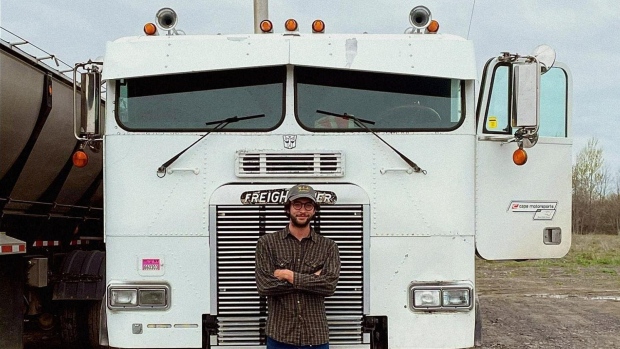The Secret Negotiator
An insider talks about efforts to cut methane, one of the most prevalent greenhouse gases but which has had little attention

Sat 16 Oct 2021
While global climate efforts have tended to focus on the fight against carbon dioxide, many other threats that attract less attention are just as dangerous to our planet.
Negotiations over these more granular issues take place away from the limelight. But the policies and agreements that emerge are some of the most vital steps in the fight against climate change.
Over the past few weeks, one of these issues our team has focused on has been methane reduction. Methane, one of the most prevalent greenhouse gases, has accounted for nearly a third of global heating since the pre-industrial era. Yet efforts to combat it have been half-hearted.
On Monday, my country chose to join the fight to reverse this trend. We became one of 24 new signatories to the Global Methane Pledge, initiated by the US this year. The pledge, which is outside the traditional UN framework on climate change negotiations, committed its signatories to a 30% cut in methane emissions by the end of this decade.
Methane is up to 80 times more powerful than carbon dioxide, though it breaks down faster. Making urgent and drastic cuts will therefore have an immediate impact on reducing global temperatures.
Among the negotiating teams of climate vulnerable countries such as mine, however, scepticism is still rife. While the goals of the pledge are admirable, actions are needed to convince those of us most at risk that these efforts will pay dividends.
The international community has a recent history of lagging behind on some of its most celebrated pledges. The $100bn annual target for climate finance for poor countries, for instance, from 10 Cops ago, has still not been reached. Progress on the Paris agreement’s key commitments is mostly lagging around the world.
The only way forward is for the developed world to take immediate action and lead by example. The developing world is more than willing to commit to action, but it is a significant challenge. In our country, as in many others, methane is the principal source of emissions. Cows, which produce methane, have enormous economic and cultural value to many of our nations. Furthermore, rapid urbanisation results in huge increases in waste production, which also releases methane.
The only way forward is for the developed world to take the lead, share technology, and provide financial assistance. Then we can decouple economic development from methane, and strive towards a cleaner future. While there are barriers to cutting emissions in the developing world, we are more than willing to work with our international partners to overcome them. The security of our people is at risk, after all.
While the past week has demonstrated the potential of international collaboration to produce positive outcomes, there is far more to be done. For one, only 33 countries have signed on to this pledge. Major emitters – including China, India and Russia, which are among the top methane emitters – cannot shy away. For another, not enough financial support has been pledged to achieve the targets.
The negotiations around the methane pledge have been similar to the overall negotiation process. The demands from the climate vulnerable ring out as clear as ever: urgent action, global collaboration, and increased financial support are the only routes to a stable future. As Cop26 looms, these demands must be heard, understood, and acted upon by the developed world.
Every week we’ll hear from negotiators from a developing country that is involved in the United Nations Framework Convention on Climate Change negotiations and will be attending the Cop26 climate conference.









